History Rhymes: Part 1
- Nabeel Bhattacharya

- May 11, 2022
- 4 min read
Updated: May 12, 2022
PM Narendra Modi has completed 20 years as head of the government - 12 years as CM of Gujarat and 8 years as the PM of India.
This makes PM Modi among the few politicians in Indian history who have served as the head of the government for more than 2 decades.
Naveen Patnaik, who will complete 24 consecutive years as CM of Odisha in 2024, and Jyoti Basu, West Bengal's longest-serving CM (for 23 years) are the only ones to have achieved a similar feat. CMs of Sikkim, Arunachal Pradesh, Himachal Pradesh, Mizoram, and Tripura also served for more than 20 years but had to govern states with just a few million people.
At the national level, India's first PM Jawaharlal Nehru (12 years as PM and 5 years as interim PM), Nehru's daughter Indira Gandhi (14 years as PM and 2 years as dictator during the Emergency), Nehru's grandson's wife Sonia Gandhi as proxy PM with 'Accidental' PM as Manmohan Singh (10 years) have been the longest-serving PMs.
Modi@20 coupled with Azaadi ka Amrit Mahotsav as India celebrates her 75th Independence anniversary is a poetic and rare opportunity to look at India's political history.
Mark Twain famously said that "History does not repeat but often rhymes". The political situation in India in 2022 makes it even more true.
To understand how it rhymes, we must look at what it rhymes with.
Around 50 years ago in 1974, Congress was the only hegemonic political power in India. It had been ruling the country for the last 25 years since independence. Indira Gandhi was the PM with sky-high popularity. She had just won a war against Pakistan and created Bangladesh for Bengali Muslims. She had split the Congress party in 1969 and won the 1971 elections handsomely to establish her INC (R) as the real Congress free from the baggage of the old Congress and now in complete control of the Congress organisation.
The opposition comprised the Bharatiya Jan Sangh, Swatantra Party, Congress (O), various Socialists Parties (PSP and SSP), and the Communists.
On a mission of ‘Garibi Hatao’, Indira Gandhi had embarked on a Socialist journey, starting with the nationalisation of banks and insurance companies followed by coal mines, steel, copper, oil refining, and textile industries. She had abolished the privy purse and took away all the privileges of the royal class. One could argue that this led to caste and dynastic politics in India. However, all her ill-conceived and ill-implemented policies led India to the path of disaster. Inflation was sky-high due to the war and the oil crisis of 1973.
The geopolitical world was all about the Cold War between the USA and Russia. The USA had disrupted the global financial markets by going off the gold standard in 1971. It had ended a decade-long conflict with Vietnam by announcing a ceasefire in 1973, which led to Henry Kissinger winning the Nobel Peace Prize. Kissinger also laid the foundation for a deep and long-term economic relationship with China. The USA was under major political disruption with the leaders of the civil rights movement assassinated, President Nixon impeached for spying on his opposition, and frequent race riots. Europen was beginning an integration process that would eventually lead to the European Union and a unified monetary union.
Key Geopolitical events of the early 1970s
Now, let us look at how the world in 2022 rhymes with the early 1970s although in an opposite direction.
Key Geopolitical events of the early 2020s
There is a cold new war on the horizon between the US and China. Financial markets are disrupted with bitcoin and other cryptocurrencies. The USA has ended its War on Terror in Afghanistan disastrously. American politics has been disrupted since the election of Donald Trump in 2016 and a weak and senile President Biden in office. Just like how the US partnered with China to counter Russia, this time the USA is partnering with India (the first step in QUAD) to counter China, its geopolitical rival. Unlike last time, Europe is disintegrating with the UK finally leaving the EU in a no-deal exit. Nationalistic sentiment in Ireland, France, and Catalonia coupled with the Ukraine-Russia war and re-militarisation of Germany has destabilized the region further.
The Ukraine-Russia war has led to an oil crisis with very high oil prices. All countries are facing unprecedented inflation due to massive money printing, especially the US, and a global pandemic.
In contrast to the socialist journey of Indira Gandhi, India under PM Modi has further embraced the market economy. Exactly 50 years after the 1969 bank nationalisation, India decided to disinvest PSU banks and undertook a massive merger to consolidate PSU banks. Air India has been sold back to Tatas from whom the government took it in 1953. More privatisation is underway with the National Monetisation Pipeline already monetising government assets. Inflation is high the world over but contained in India unlike in the early 1970s.
However, the status of the opposition is similar to the 1970s. Just like the Congress (R), the BJP under PM Modi and Amit Shah has established itself as the dominant pole of Indian politics. Now, the race is on for the position of India’s prime political opposition.
Like the Swatantra Party, Congress (O), Jan Sangh, and Socialists of that time, we have Congress, regional offshoots of Congress (NCP, TMC, TRS, and YSRCP), Aam Aadmi Party, and Socialists (JDU, RJD, SP).
The task at hand for PM Modi and the BJP is to make sure unlike 50 years ago, it manages to create a constructive opposition party that can be a worthy national opposition without falling into the pitfalls of muslim appeasement, caste-based vote bank politics, dynasty politics or socialism.
In my opinion, there is a need for an opposition that believes in cultural nationalism with a constructive approach in contrast with BJP’s combative approach.
What triggered the downfall of the Congress and a revival of the opposition after it was unable to hold on to the various coalition governments it had formed at the state levels post the 1967 elections?
Read the next part here.
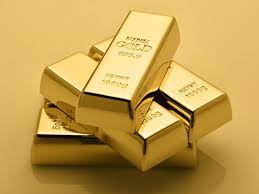
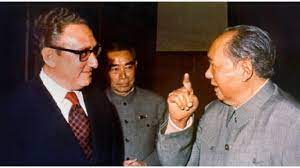
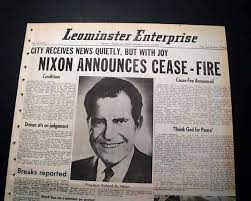
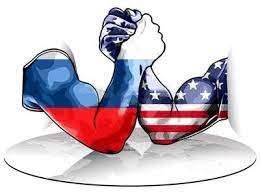
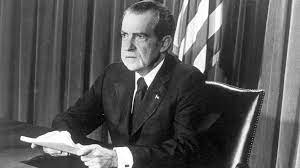
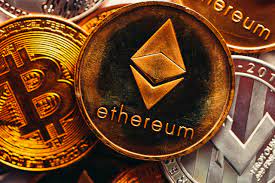
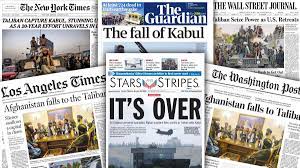


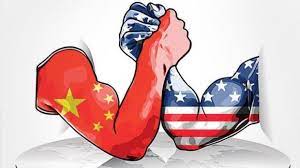
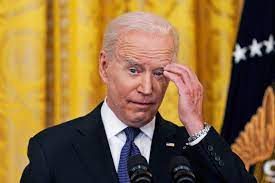



Comentários